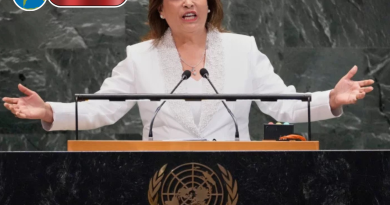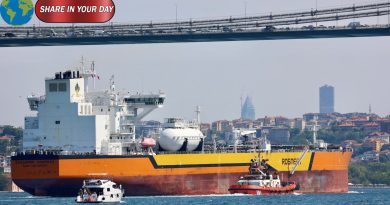U.S. Military Conducts Lethal Strike in Caribbean, Killing Three Alleged Smugglers
Meta Description:
In a recent operation announced on November 2 2025, the U.S. Department of Defense reported that U.S. forces struck a vessel in the Caribbean Sea believed to be involved in narcotics smuggling, killing three individuals aboard.
Defense Secretary Pete Hegseth posted on X (formerly Twitter) that the strike targeted a boat “operated by a U.S.‑designated terrorist organization” and that intelligence indicated the vessel was travelling along a known drug‑trafficking route.
According to publicly available reports:
- The strike is part of a series of at least 15 such operations in the Caribbean or eastern Pacific since early September 2025.
- The cumulative number of deaths in these operations has reached at least 64.
- The U.S. government, under Donald Trump’s administration, has justified the actions by framing drug cartels as part of an armed conflict, invoking legal authority typically associated with counter‑terrorism efforts.
Legal and Diplomatic Context
The use of lethal force against suspected smugglers in international waters raises a number of questions:
- The administration has cited the 2001 Authorization for Use of Military Force (AUMF) as legal grounding, arguing that certain cartels now qualify as terrorist organizations.
- Some U.S. lawmakers have demanded greater transparency, including the legal opinions underpinning these strikes and the list of designated targetable entities.
- Regional governments and international‐law specialists have voiced concern over sovereignty issues and due‑process rights when military force replaces traditional law‑enforcement tools.
Strategic Implications
This campaign marks a shift in U.S. counter‑narcotics strategy:
- Rather than intercepting small craft with coast‑guard or maritime police units, the U.S. military is now deploying strikes in maritime zones to disrupt what it deems as strategic smuggling routes.
- The Caribbean build‑up of U.S. naval and aerial assets signals a heavier combat posture in what had long been treated primarily as a law‑enforcement domain.
- The administration argues the approach is necessary to stem the flow of illicit drugs into the U.S.; critics argue it blurs the line between criminal justice and warfare.
What We Still Don’t Know
- The identity of the target vessel, the precise jurisdiction of the strike, and the nationality of those killed have not been publicly disclosed.
- The evidence linking the vessel to narcotics trafficking or designated terrorist organisations has not been fully released.
- It remains unclear how these operations will be reviewed, and what oversight mechanisms apply when military force is used in what traditionally has been a peacetime law‑enforcement arena





